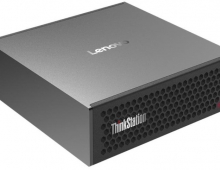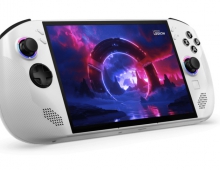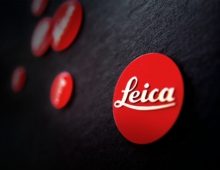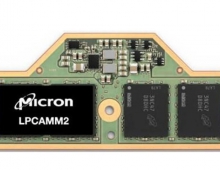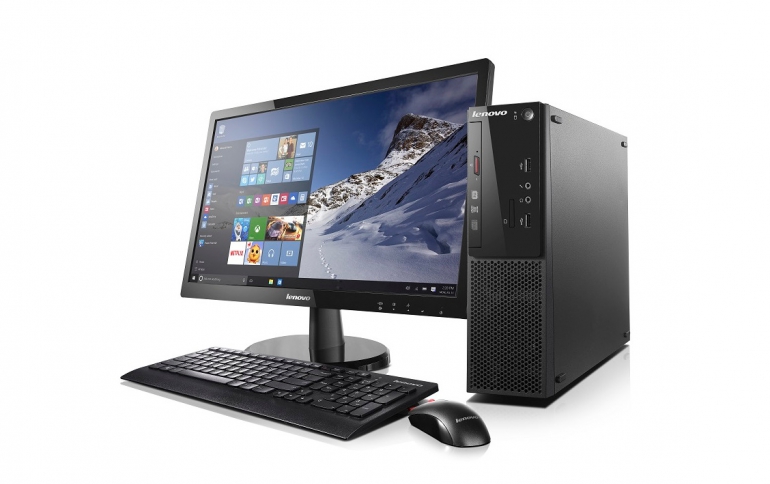
Lenovo Keeps Grip on Top Spot of Global PC Shipments
Worldwide PC shipments showed a modest increase with 1.1% growth in the third quarter of 2019, according to preliminary results by Gartner, Inc.
Shipments totaled 68 million units in the third quarter of 2019, up from 67 million units in the third quarter of 2018.
“The Windows 10 refresh cycle continued to be the primary driver for growth across all regions, although the magnitude of the impact varied according to local market conditions and the stage of the refresh cycle,” said Mikako Kitagawa, senior principal research analyst at Gartner. “For example, in Japan, PC shipments grew 55% in the third quarter of 2019, driven by the Windows 10 refresh cycle and a pending sales tax change. This strong growth helped propel the total worldwide PC market to growth.”
“Neither the Intel CPU shortage nor the U.S.-China trade war had a significant impact on PC shipments in the third quarter of 2019. The Intel CPU shortage has continued to ease, and U.S. tariffs on China-built mobile PCs had a minimal impact on PC shipments as the date for the potential increase in tariffs was pushed out to December 2019,” said Ms. Kitagawa.
The Intel CPU shortage opened opportunities for alternative CPU vendors, namely AMD and Qualcomm, to reposition their processors in the PC market where Intel is dominant. Teaming up with Microsoft, Qualcomm has promoted the “always connected PC,” which is equipped with LTE capabilities. Though this segment has not taken off, most major PC vendors have released mobile PCs with cellular antennas built in. Microsoft is expected to release an LTE-capable mobile PC soon.
The top PC vendors have improved their profit margins from their PC business as a result of declining component prices, including DRAM and SSDs, over the past few quarters. Margin improvement strengthened the positions of the top three vendors — Lenovo, HP Inc. and Dell — which was already significant. The top three vendors, as well as Acer Group, also experienced year-over-year growth in shipments in the third quarter of 2019.
Lenovo retained the No. 1 position in the third quarter of 2019 with 24.7% market share and 5.8% growth. The company experienced strong growth in Japan, Latin America and EMEA. In Japan, Lenovo accounted for 45% of the shipments where Lenovo maintains three brands — Lenovo, Fujitsu and NEC.
HP Inc. experienced its second quarter in a row of year-over-year shipment growth. Desktop shipments were particularly strong for HP in Asia/Pacific and Japan, driven by the demand for Windows 10 refresh in businesses.
Dell continued to experience strong PC shipment growth in the third quarter of 2019, with 5.5% growth. Worldwide desktop shipments grew by double digits, and Japan was a particularly strong country for Dell with triple-digit desktop growth compared to one year ago.
Microsoft is currently ranked as the No. 7 vendor in the worldwide PC market and is ranked fifth in the U.S. market.
Gartner's PC report does not include Chromebook shipments because Gartner does not define the Chromebook as a PC device. Chromebook growth has outpaced PC growth since Gartner began tracking the market in 2012, but there are now signs of saturation in the Chromebook market in North America.
In the U.S., PC shipments totaled 14.8 million units in the third quarter of 2019, a 0.3% decline from the third quarter of 2018. Although desktop PC shipments continued to show growth, mobile PC shipments saw the third consecutive quarter of decline. A sequential decline of desktop shipments indicated slower-than-expected PC demand in the public sector, especially the federal government, which could be a sign of deceleration in the Windows 10 PC refresh cycle.
Even with a 1.9% decline in shipments, HP Inc. retained the top spot in the U.S. with market share of 29.6%. Dell remained in the No. 2 position with 26.7% market share


